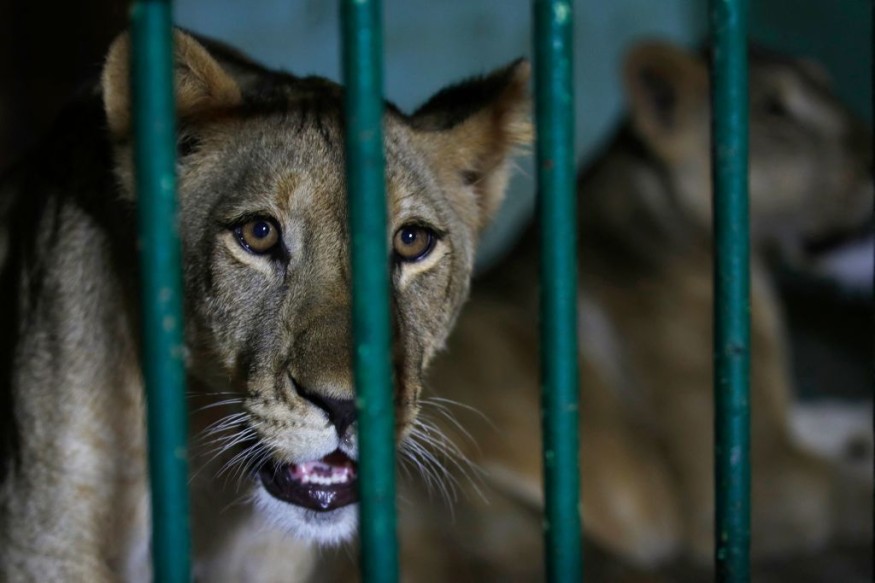
A recent study has found that Neanderthals had been capable of hunting cave lions through the use of simple wooden spears.
Experts who analyzed bones have unearthed the earliest evidence of Neanderthals hunting a cave lion.
They also discovered the oldest example of human relatives using a lion pelt for cultural purposes.
Findings of the study
The study indicated the earliest known example of lion hunting and butchering by these extinct species of humanity.
The study indicated that during the Upper Paleolithic, lions become an important theme in Paleolithic art and are more frequent in anthropogenic faunal assemblages.
However, they pointed out that the relationship between hominins and lions in earlier periods is poorly known and primarily interpreted as an interspecies competition.
In the study, researchers have presented new evidence for Neanderthal-cave lion interactions during the Middle Paleolithic.
"We report new evidence of hunting lesions on the 48,000 old cave lion skeleton found at Siegsdorf (Germany) that attest to the earliest direct instance of a large predator kill in human history," the study indicated.
The study stated that despite the archaeological record demonstrating the importance of the cave lion to our species, it is still unclear how other human species interacted with the said apex predator, beyond interspecies competition.
Researchers pointed out that the sole evidence for hominin-lion interaction during the Lower Palaeolithic consists of the butchered remains of a P. fossilis at Gran Dolina (level TD10-1), Sierra de Atapuerca, in northern Spain, dated to Marine Isotope Stage (MIS).
Although chronologically isolated, this unique find represents the earliest example of exploitation and possible consumption of a large predator by early hominins, including evidence for skinning.
The study also explained that Neanderthals were effective hunters at the top of the food chain and competed with cave lions for prey taxa.
Further, they hunted ursids and other carnivores, and exploited animal resources not only for subsistence but also for non-utilitarian purposes.
Nevertheless, it was observed during the Middle Paleolithic that the evidence for Neanderthal-lion interaction had been scarce.
According to the study, the skeletal remains of a cave lion found at Siegsdorf were recovered from a silt deposit associated with a lacustrine environment dating to ca. 48 ka cal BP52. It said that 54 of the 62 previously described elements of the partial skeleton were available and re-evaluated for detailed taphonomic analysis.
Wooden spears
Further, it was explained that wooden spears come from archaeological sites dated from MIS 11 through the Holocene, attributed to different hominin species, including Neanderthals and H. sapiens.
Ballistics studies demonstrate that these were likely multifunctional tools that were utilized as both thrusting and throwing spears, as well as for self-defense.
The ethnographic evidence of recent hunter-gatherers supports the possibility of hunting dangerous terrestrial animals using wooden spears.
Of particular relevance are accounts of Indigenous South American foragers using wooden thrusting spears for hunting jaguars (Panthera onca).
Due to this, it could be said that killing big cats with wooden thrusting spears is within the range of documented human behavior.
After Neanderthal hunters killed the cave lion, it is possible that they stripped the carcass, cutting away the meat and viscera while abandoning the rest of the body.
The cut marks indicated that it was butchered at the kill site, noting that the lion was probably in poor condition when it died.
The Neanderthals are an extinct lineage of humans, or hominins, that emerged around 400,000 years ago.
They are believed to have disappeared 40,000 years ago.
Related Video:
© 2025 NatureWorldNews.com All rights reserved. Do not reproduce without permission.





